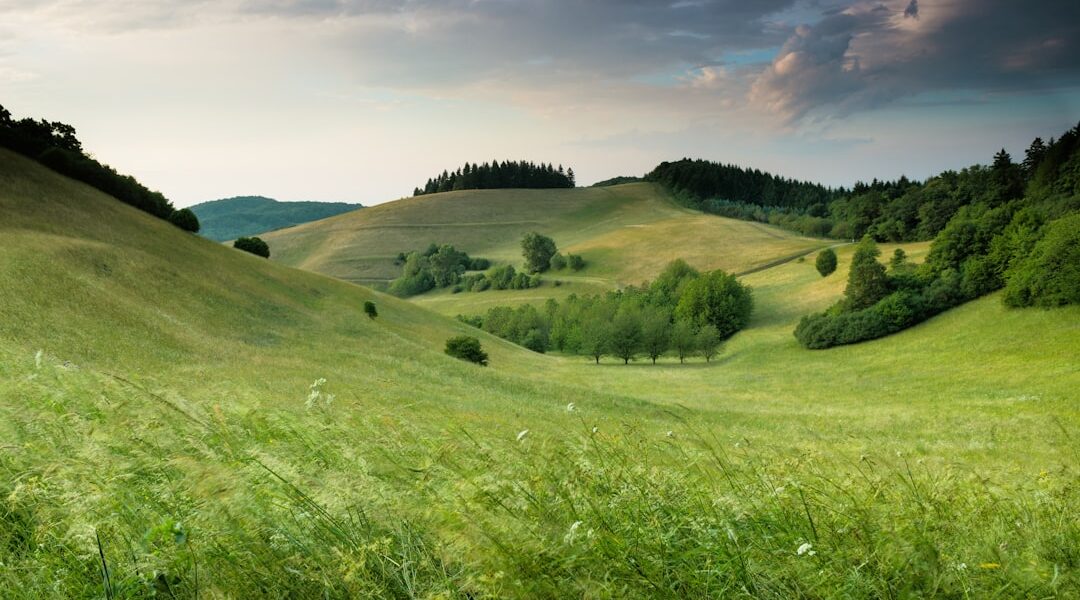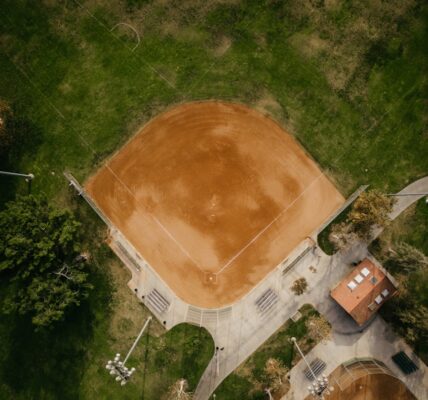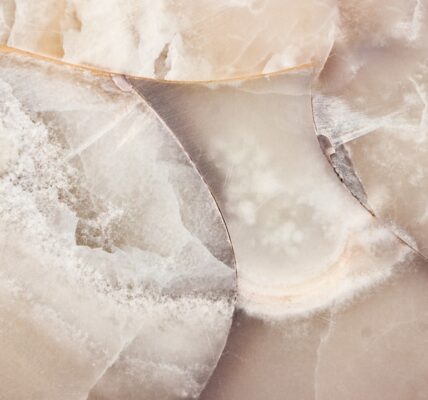Baby Gem Boxwood, also known as Buxus microphylla ‘Baby Gem’, is a compact evergreen shrub that is prized for its small, glossy green leaves and dense, rounded form. This versatile plant is a popular choice for landscaping due to its low maintenance requirements and ability to thrive in a variety of growing conditions. Baby Gem Boxwood is a member of the Buxaceae family and is native to Japan. It is a slow-growing shrub that typically reaches a height and width of 2-3 feet, making it an ideal choice for small gardens, borders, and containers. Its compact size and neat, tidy appearance make it a great option for formal gardens and hedges. Baby Gem Boxwood is also deer-resistant, making it a great choice for areas with high deer populations.
This evergreen shrub is known for its tolerance to pruning, allowing it to be shaped into various forms such as topiaries or hedges. Baby Gem Boxwood is also known for its resistance to pests and diseases, making it a low-maintenance option for gardeners. Its dense foliage provides year-round interest, making it an excellent choice for adding structure and greenery to the garden. With its many desirable qualities, Baby Gem Boxwood has become a popular choice for both residential and commercial landscaping projects.
Key Takeaways
- Baby Gem Boxwood is a compact evergreen shrub with glossy green leaves, ideal for small gardens and containers.
- It is known for its dense, rounded growth habit and requires minimal maintenance, making it a popular choice for landscaping.
- When planting Baby Gem Boxwood, ensure well-drained soil and partial to full sun exposure for optimal growth.
- Baby Gem Boxwood is commonly used as a hedge, border, or foundation plant in landscaping due to its neat and tidy appearance.
- Common pests and diseases of Baby Gem Boxwood include boxwood leafminer, boxwood mite, and boxwood blight, which can be managed through proper care and maintenance.
Characteristics and Features of Baby Gem Boxwood
Baby Gem Boxwood is characterized by its small, glossy green leaves that are oval-shaped and densely packed on the branches. The leaves are evergreen, providing year-round interest and color to the garden. This compact shrub has a dense, rounded form, making it an excellent choice for creating formal hedges or borders. Baby Gem Boxwood is a slow-growing plant, typically reaching a height and width of 2-3 feet over a 10-year period. Its small size makes it an ideal choice for small gardens or for use as a container plant.
In addition to its compact size and dense foliage, Baby Gem Boxwood is known for its tolerance to pruning. This allows gardeners to shape the plant into various forms, such as topiaries or formal hedges. The plant’s ability to withstand heavy pruning makes it a versatile option for creating structured elements in the garden. Baby Gem Boxwood is also deer-resistant, making it a great choice for areas with high deer populations. Its resistance to pests and diseases further adds to its appeal as a low-maintenance landscaping plant.
Planting and Care Tips for Baby Gem Boxwood
When planting Baby Gem Boxwood, it is important to choose a location that receives partial to full sun and has well-drained soil. This evergreen shrub prefers slightly acidic soil but can tolerate a range of soil types, including clay and sandy soils. It is important to avoid planting Baby Gem Boxwood in areas with poor drainage, as this can lead to root rot and other issues. When planting multiple Baby Gem Boxwoods, space them 2-3 feet apart to allow for adequate air circulation and room for growth.
Once established, Baby Gem Boxwood requires minimal care. Water the plant regularly during the first growing season to help establish a strong root system. After the first year, Baby Gem Boxwood is drought-tolerant and only requires supplemental watering during periods of prolonged drought. Fertilize the plant in early spring with a balanced fertilizer to promote healthy growth and green foliage. Mulching around the base of the plant can help retain moisture and suppress weeds.
Uses of Baby Gem Boxwood in Landscaping
| Uses of Baby Gem Boxwood in Landscaping |
|---|
| 1. Hedge or Border Plant |
| 2. Foundation Planting |
| 3. Container Plant |
| 4. Topiary or Shrub Sculpting |
| 5. Accent Plant in Mixed Garden Beds |
Baby Gem Boxwood is a versatile plant that can be used in a variety of landscaping applications. Its compact size and dense foliage make it an excellent choice for creating formal hedges, borders, and edging along pathways or garden beds. The plant’s tolerance to pruning allows it to be shaped into topiaries or other structured forms, adding visual interest to the garden. Baby Gem Boxwood can also be used as a low-maintenance container plant, adding greenery and structure to patios, decks, and other outdoor living spaces.
In addition to its use as a formal element in the garden, Baby Gem Boxwood can also be used as a foundation plant or specimen plant in mixed borders. Its evergreen foliage provides year-round interest and color, making it a great choice for adding structure and greenery to the garden. Baby Gem Boxwood can also be used to create focal points or accents in the landscape, adding visual interest and texture to planting beds. With its many uses in landscaping, Baby Gem Boxwood has become a popular choice for both residential and commercial projects.
Common Pests and Diseases of Baby Gem Boxwood
Baby Gem Boxwood is known for its resistance to pests and diseases, making it a low-maintenance option for gardeners. However, there are still some common pests and diseases that can affect this evergreen shrub. One of the most common pests that can infest Baby Gem Boxwood is the boxwood leafminer. These tiny insects lay their eggs inside the leaves of the plant, causing damage to the foliage. Signs of boxwood leafminer infestation include yellow or brown spots on the leaves and tiny blisters on the underside of the leaves.
Another common pest that can affect Baby Gem Boxwood is the boxwood mite. These microscopic pests feed on the sap of the plant, causing damage to the leaves and stems. Signs of boxwood mite infestation include bronzing or discoloration of the foliage and webbing on the underside of the leaves. In addition to pests, Baby Gem Boxwood is also susceptible to certain diseases, such as boxwood blight. This fungal disease can cause defoliation, dieback, and black streaking on the stems of the plant. Proper planting and care practices, such as providing adequate air circulation and avoiding overhead watering, can help prevent pest and disease issues with Baby Gem Boxwood.
Pruning and Maintenance of Baby Gem Boxwood

Pruning is an important part of maintaining the health and appearance of Baby Gem Boxwood. This evergreen shrub is tolerant to heavy pruning, allowing it to be shaped into various forms such as topiaries or formal hedges. When pruning Baby Gem Boxwood, it is important to use sharp, clean pruning shears to make clean cuts and avoid damaging the plant. Pruning can be done in late winter or early spring before new growth begins.
When pruning Baby Gem Boxwood into formal hedges or shapes, it is important to maintain a slightly wider base than the top to allow sunlight to reach all parts of the plant. This will help prevent bare spots from developing on the lower parts of the shrub. Regular pruning will help maintain the compact form and dense foliage of Baby Gem Boxwood, ensuring that it remains an attractive addition to the landscape.
In addition to pruning, regular maintenance practices such as watering, fertilizing, and mulching are important for keeping Baby Gem Boxwood healthy and thriving in the garden. Proper care will help prevent pest and disease issues and promote healthy growth and green foliage throughout the growing season.
Conclusion and Final Thoughts on Baby Gem Boxwood
In conclusion, Baby Gem Boxwood is a versatile evergreen shrub that is prized for its compact size, dense foliage, and low-maintenance requirements. This popular landscaping plant is known for its tolerance to pruning, making it a great choice for creating formal hedges, borders, topiaries, and other structured elements in the garden. Its resistance to pests and diseases further adds to its appeal as a low-maintenance option for gardeners.
With its many uses in landscaping, including formal hedges, borders, containers, foundation plantings, and specimen plants, Baby Gem Boxwood has become a popular choice for both residential and commercial projects. Its evergreen foliage provides year-round interest and color, making it an excellent choice for adding structure and greenery to the garden.
Overall, Baby Gem Boxwood is an excellent choice for gardeners looking for a versatile, low-maintenance plant that adds visual interest and structure to the landscape. With proper planting and care practices, this compact evergreen shrub will thrive in a variety of growing conditions and provide years of beauty in the garden.
If you’re interested in learning more about the care and maintenance of baby gem boxwood, be sure to check out Brad Goddard’s article on the topic. Brad Goddard is a renowned horticulturist and his website offers a wealth of information on gardening and landscaping. You can find his article on baby gem boxwood here.
FAQs
What is a Baby Gem Boxwood?
Baby Gem Boxwood is a compact evergreen shrub that is part of the Buxus family. It is known for its small, glossy green leaves and dense, rounded growth habit.
How big does a Baby Gem Boxwood grow?
Baby Gem Boxwood typically grows to a height of 2-3 feet and a spread of 2-3 feet, making it an ideal choice for small gardens, borders, or containers.
How do you care for a Baby Gem Boxwood?
Baby Gem Boxwood prefers well-drained soil and partial to full sun. It is relatively low-maintenance and requires regular watering, especially during hot and dry periods. Pruning can be done in late spring or early summer to maintain its compact shape.
What are the uses of Baby Gem Boxwood in landscaping?
Baby Gem Boxwood is commonly used in landscaping for its versatility. It can be used as a border, hedge, or as a focal point in a garden. It is also suitable for use in containers and can be shaped into topiaries.
Is Baby Gem Boxwood deer resistant?
Yes, Baby Gem Boxwood is known for its deer resistance, making it a great choice for gardens in areas with deer populations.




